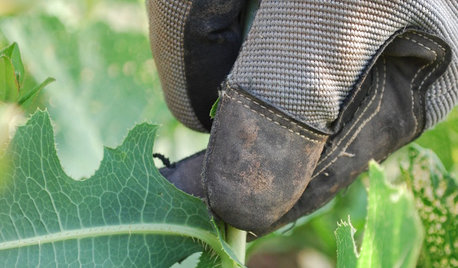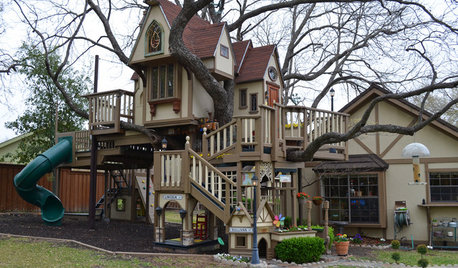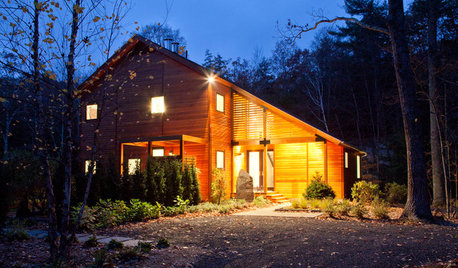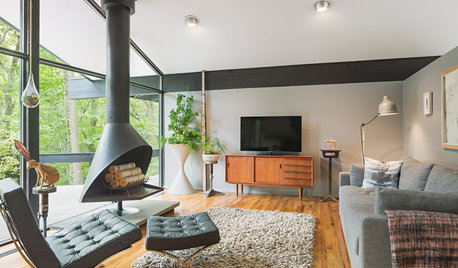Why do my trees look terrible?
sandiegodude
12 years ago
Related Stories

LIFEPortrait of a Terribly Good Neighbor
Sometimes the best kind of neighbor isn't the kind you'd expect
Full Story
SIDE YARD IDEASNarrow Trees for Tight Garden Spaces
Boost interest in a side yard or another space-challenged area with the fragrance and color of these columnar trees
Full Story
FARM YOUR YARDIf You Have Room for Only One Fruit Tree ...
Juice up a small garden with one of these easier-care or worth-the-effort fruit trees for a mild climate
Full Story
SPRING GARDENING7 Spectacular and Practical Spring-Flowering Trees
Put on a beauteous show in the garden with a landscape tree awash in flowers — just do your homework first
Full Story
ARBOR DAY8 Reasons to Plant a Great Tree
Beauty is its own reward, but the benefits of planting the right tree in the right place go way beyond looks
Full Story
LANDSCAPE DESIGN7 Great Trees for Summer Shade and Fall Color
These landscape-pro faves straddle the seasons beautifully. Could one enhance your own yard?
Full Story
MOST POPULARThe Most Incredible Kids' Tree House You'll Ever See?
Duck your head to enter this unforgettable Dallas wonderwork, lovingly crafted with imaginative delights
Full Story
FALL GARDENING11 Trees for Brilliant Fall Color
Give your landscape the quintessential look of autumn with the red, orange and yellow leaves of these standouts
Full Story
CONTEMPORARY HOMESHouzz Tour: Strong, Modern Lines Stand Up to the Trees
Modernism takes kindly to the New York woods, with double-height ceilings for openness and a burbling creek for music
Full Story
HOUZZ TOURSHouzz Tour: Bright Outlook for a Midcentury Home in the Trees
Two designers lavish love on their 1968 house and create a cool haven in the Philadelphia suburbs
Full Story



houstontexas123
sandiegodudeOriginal Author
Related Discussions
Why do my plants look so different?
Q
Why does my almond tree look like this?
Q
Why do my Franklinia trees have lime green leaves?
Q
Behr Multi-Surface Primer - Why does it look so terrible?
Q
johnmerr
Karly30
sandiegodudeOriginal Author
johnmerr
greenman28 NorCal 7b/8a
sandiegodudeOriginal Author
houstontexas123
citrange2
greenman28 NorCal 7b/8a
meyermike_1micha
sandiegodudeOriginal Author
susan2010
greenman28 NorCal 7b/8a
tantanman
greenman28 NorCal 7b/8a
sandiegodudeOriginal Author
johnmerr
sandiegodudeOriginal Author
timsf
greenman28 NorCal 7b/8a
timsf